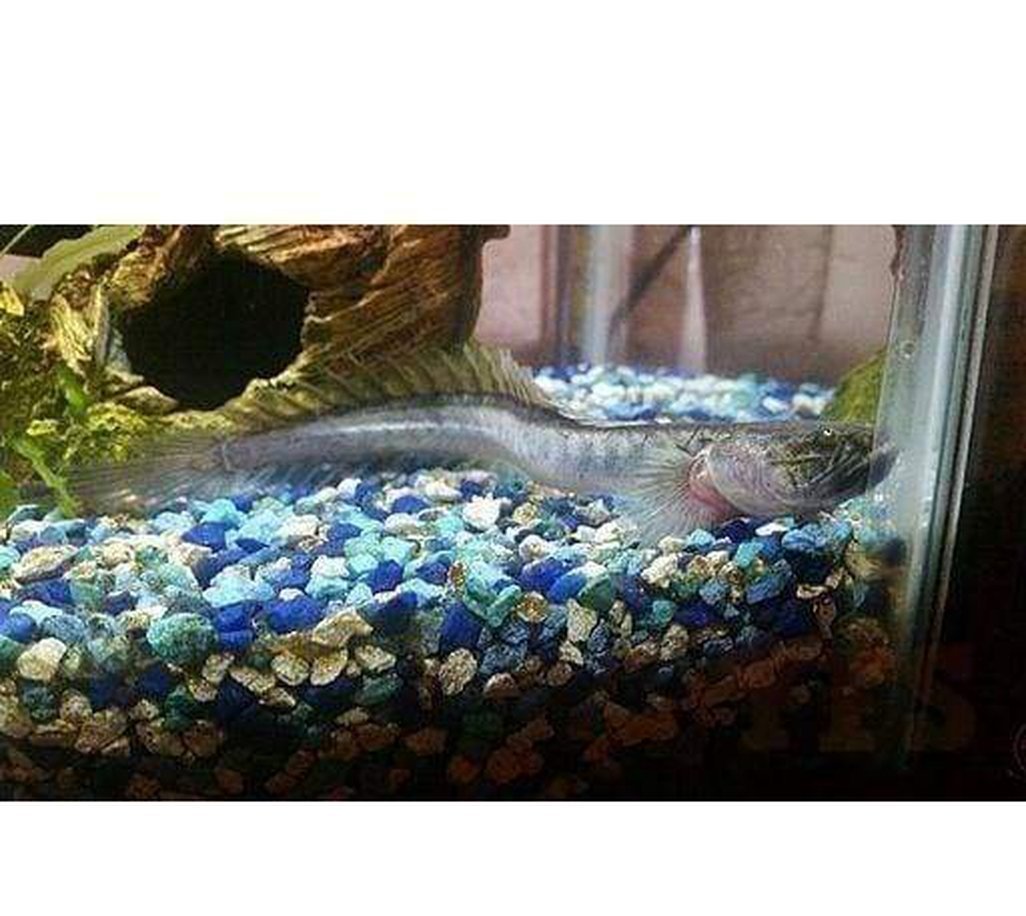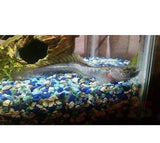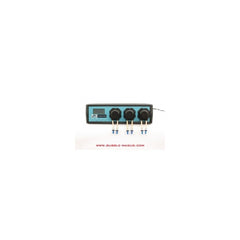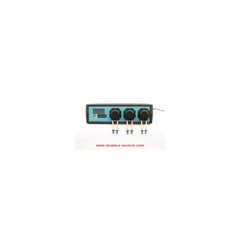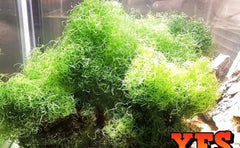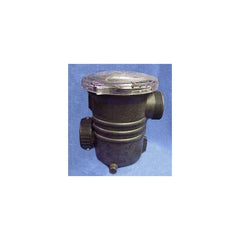X5 Dragon Fish Gobys Sml/Med Package - Yourfishstore Free Shipping

X5 DRAGON FISH GOBYS SM/MD PACKAGE - YOURFISHSTORE FREE SHIPPING
Approx 2"-3" Each
Minimum Tank Size: 50 gallons
Care Level: Moderate
Temperament: Semi-aggressive
Water Conditions: 72-82° F, KH 10-20, pH 7.5-8.0
Max. Size: 1' 3"
Color Form: Blue, Purple
The Dragon goby (Gobioides brousonnetti) belongs to the family Gobiidae. This family is one of the biggest fish families and contains more than 2000 species. Most gobies are quite small and seldom grow larger than 4 inches (10 centimeters), but the Dragon goby can reach a size of 24 inches in the wild. When kept in aquariums, the Dragon goby will however seldom grow beyond 15 inches.
The Dragon goby is sometimes referred to as the Violet goby, since its body is purple. The Dragon goby has an elongated body with a big mouth. The mouth is somewhat similar to that of an Arrowana; it is trap-door shaped and has easily visible teeth. Just like the other Goby species, the Dragon goby has a fused pelvic fin that equips the fish with a disc-shaped sucker. In the wild, gobies are often found attached to corals and rocks. In your aquarium, the Dragon goby will also attach itself to the aquarium glass. This habit makes it somewhat similar to a Pleco, but the two species are not closely related.
The Dragon goby will do best in a brackish aquarium, since it originates from Florida where it inhabits the brackish swamps and river outlets. It is today also found in waters from Georgia to the Gulf of Mexico, and off the northern Brazilian coast. The Dragon goby prefers waters with muddy bottoms. It is possible to keep a Dragon goby in a freshwater aquarium if you allow it to slowly adjust to the lack of salinity, but brackish water is a better choice. Dragon gobies can also survive in marine aquariums, but they must of course be gradually acclimatized to this as well.
Many people erroneously believe that the Dragon goby is a predator. They place it in an aquarium with other predators and try to feed it large shrimp or feeder fish. The truth is however that the Dragon goby is a scavenger that feed only on smaller food types, such as plankton, daphnia and bloodworm. It eats by scooping up mouthfuls of gravel and will consume the organisms that happen to be there, before it spits out the gravel.
As mentioned earlier, the Dragon goby is a highly adaptable species that can live in freshwater and marine aquariums even though it is a brackish species. The same is true when it comes to alkalinity, hardness, nitrate and nitrite as well. Brackish, alkaline water is recommended for this fish, but it will adapt to many other water conditions as long as the fish is exposed a gradual change and not a dramatic one. Keep the pH between 6.5 and 8.5. Your Dragon goby will do best when the water temperature is between 72-78 degrees Fahrenheit, but Dragon gobies have been known to survive at 50 degrees Fahrenheit as well as 85 degrees F. You should however make sure that the ammonia levels stays down, since the Dragon goby is very sensitive to ammonia. Even at low levels it will begin to gasp for air at the surface, and if the ammonia is not quickly diluted, the Dragon goby will die. If you provide your Dragon goby with favorable conditions, it can live for 10 years or more.
The Prehistoric Dragon Goby is ideally kept in a 50-gallon or larger aquarium decorated with plenty of rocks, plants, and caves in order to provide adequate hiding places for this typically timid fish. They prefer hard water with an alkalinity of 10 to 20 dKH and a pH of 7.5 to 8.0. In order to maintain these conditions, it is best to provide a substrate consisting of aragonite. The aragonite substrate can be mixed with darker gravel to reduce glare from the lighting.
Although no external differences are known between male and female, if trying to breed the Prehistoric Dragon Gobies, spawning groups of 1 male to at least 3 females is recommended. The male will spawn with several females over the course of a day. Females should be removed immediately after spawning and the male will guard the eggs. After 36-48 hours, the fry hatch and the male should be removed. After the egg sacs are absorbed, the fry can be fed rotifers and "green water" containing algae. After a month, Artemia nauplii can be fed.
QUESTIONS & ANSWERS
Have a Question?
Be the first to ask a question about this.

